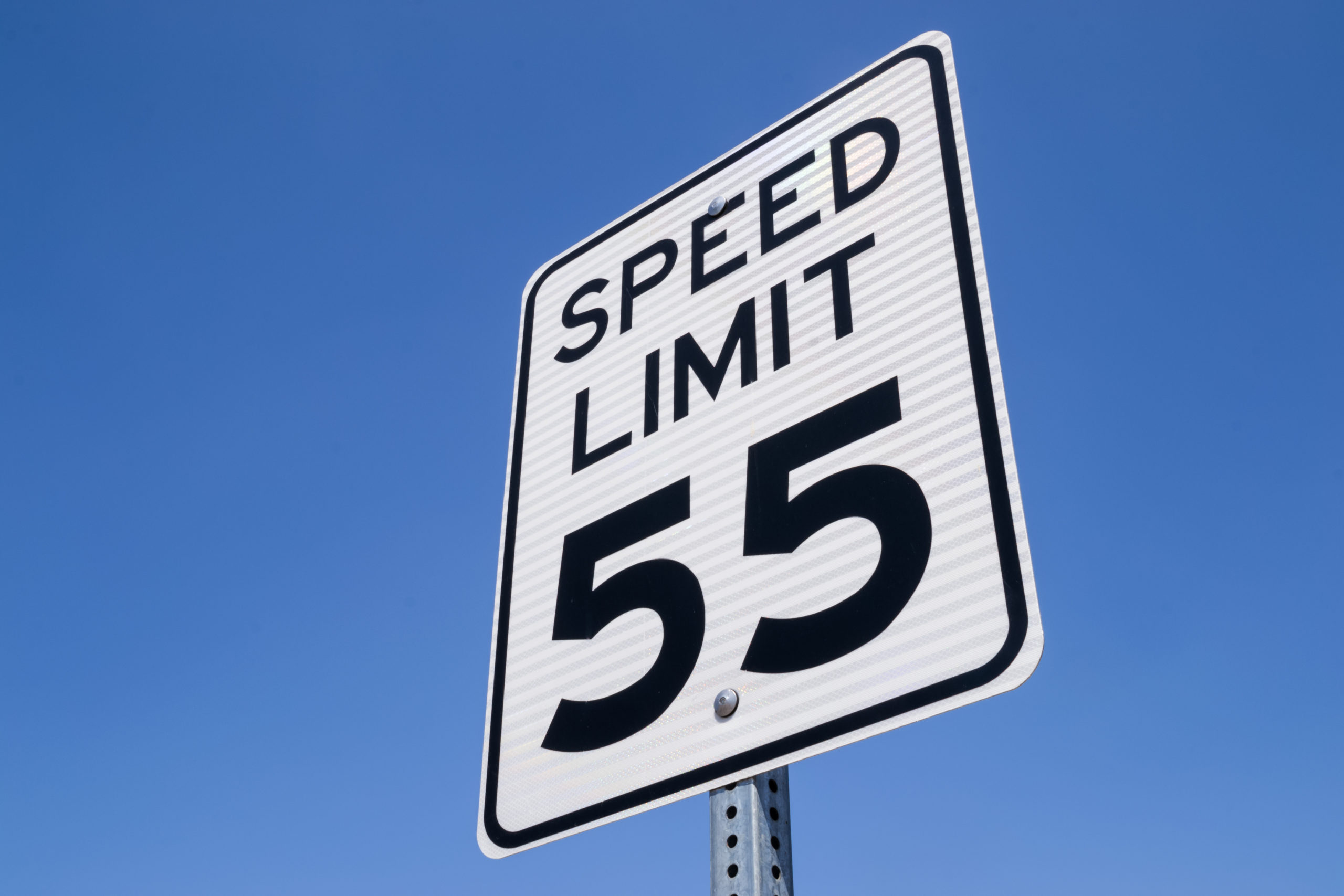
Back in 1974 the federal government took drastic action to reduce energy consumption by the nation’s automobiles in the wake of the oil crisis. Price spikes and supply disruption saw the passage of the Emergency Highway Energy Conservation Act, which prohibited drivers from exceeding 55 miles per hour on any American road. For twenty-one years the draconian speed limit remained in effect with the law being repealed in 1995. What did the government hope to accomplish with this change? A 2.2% fuel consumption reduction.
As the science of fluid dynamics can attest, the amount of force needed to overcome drag quadruples as speed doubles. This means that a given car may only need to use 75 of its horsepower to achieve 60 miles per hour, but will require at least 300 to reach 120 miles per hour. This is a simplified example for emphasis, but the point here is that cars are built to reach some incredibly high top speed which drivers cannot legally ever achieve anyway. What’s the point?
If 1974 was an energy crisis, then 2021 must absolutely be considered one as well. The cost of climate change will easily escalate into the trillions of dollars. Reducing the nation’s carbon emissions is absolutely critical. Now, don’t get me wrong. I’m not calling for the reinstatement of ‘The Double Nickel’ 55 mph speed limit, but something a little more reasonable. Not only would reducing our top speeds on public roads mean safer streets for all, but it would help preserve energy from being wasted.
What am I suggesting then? An 80 mile per hour across-the-board hard limiter for all new highway-legal machines paired with a national 75 mile per hour speed limit. Without access to a reasonable public transit system or national high-speed rail, we do need an option to get about the country in a reasonably quicktime framee, and having driven hundreds of thousands of miles all over this country on two wheels and four, I’m comfortable with 75 as an upper limit. Exceeding that speed is occasionally necessary, say for the ability to speed up to avoid a collision with another car, or to safely complete a pass in the left lane. For those reasons, an extra 5 miles per hour should suffice above the legal limit.
As I mentioned, I do a lot of driving, largely for work, but occasionally for leisure. I can’t count the number of times I’ve been cruising along at the 75 in a 70 zone, only to be jerked left in the side draft of some Mega truck hauling a trailer full of show ponies or used refrigerators or whatever doing 90. I’m sick of it. It’s not only wasteful, it’s downright dangerous. Humans clearly can’t be trusted to drive safely and responsibly anymore, as has been proven by the massive increase in smartphone related crashes. And we certainly can’t be trusted to keep speeds reasonable and prudent. Therefore, all new cars should be artificially limited to this speed to reduce highway speed disparity, impact speed, and energy consumption.
The difference in consumption at speed in a gasoline car is already significant, but in an electric car it becomes even more apparent. EVs are much more efficient at lower around-town speeds than they are at highway cruising speed, and certainly much more than atextralegall speeds some drive. Just yesterday I was passed by a speeding Tesla which must have been going triple digits on a two-lane highway in central Nevada, and it certainly wasn’t getting the 112 MPGe at which it’s rated. The faster you go, the more energy you consume, meaning you’ll end up charging more frequently, meaning you’ll emit more carbon into the air by way of an inefficient and already stressed power grid. It’ll still be decades before the United States completely transitions away from a coal and natural gas powered electrical grid, and every time you plug in to a DC fast station on the road, you’re increasing the demand for fossil fuel by way of the power grid.
That’s not to say you should stop charging your EV on the road, but perhaps think about how you’re using that energy. Do you really need to get there 10 seconds quicker? Do you really need to over consume energy, put yourself, your car, your family, and others in danger? Is any of this speed above and beyond the legal limit worth it? You likely already bought your electric vehicle because of the environmental and climate benefits of driving green, so maybe commit yourself to driving a little greener.
I’m not saying everyone needs to learn dangerous and over-the-top hypermiling tactics, or go absurdly slow, or even abstain from driving altogether. I’m only asking that we all slow down a little bit for the sake of our cars, ourselves, and our environment. And because that’s definitely too much to ask of the American people, the government should mandate it by way of speed limiters.

